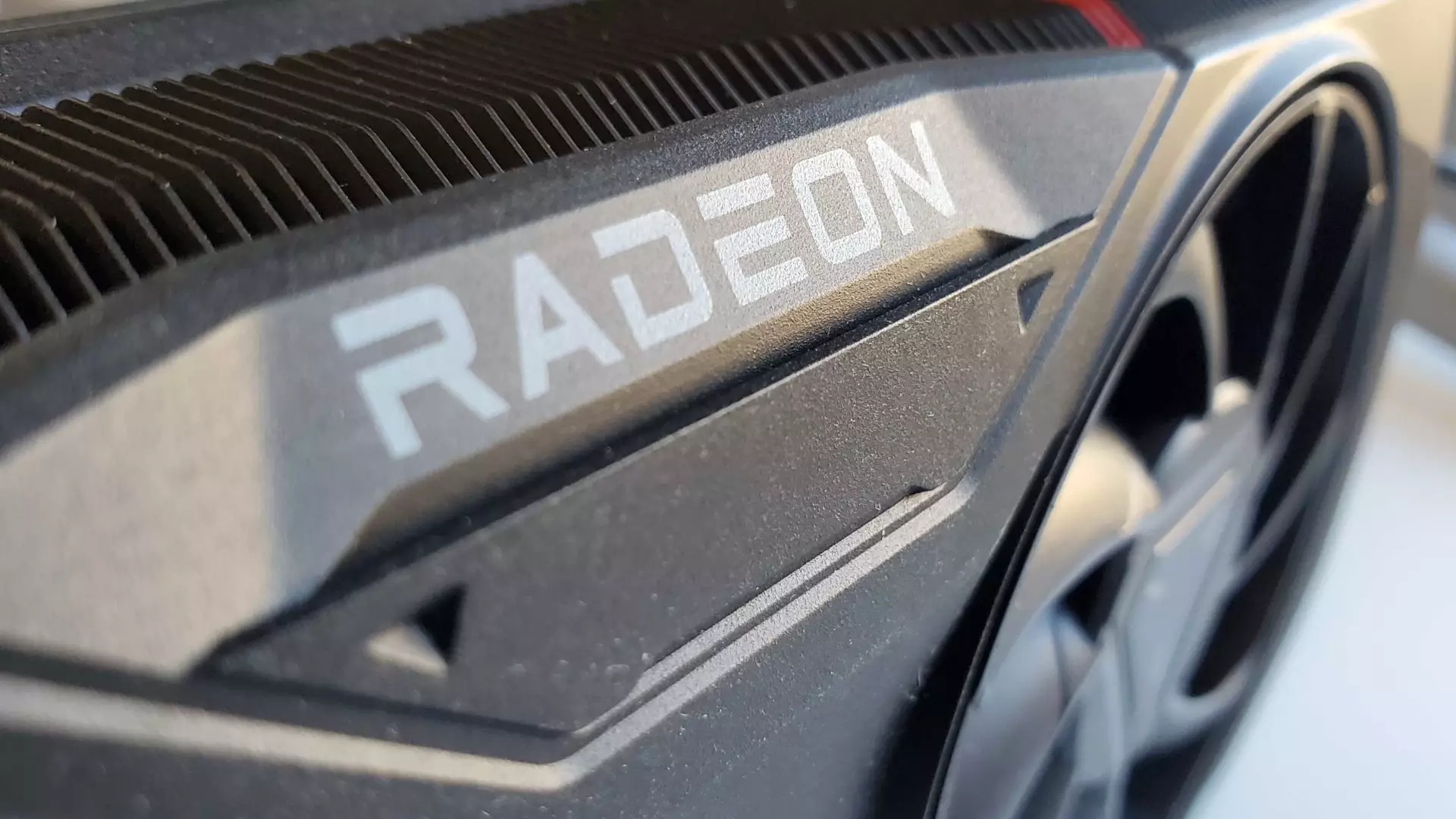As we surge into 2025, the gaming community’s preferences and requirements are crucial for understanding the industry’s direction. Frank Azor, AMD’s Chief Architect of Gaming Solutions, recently made headlines by responding to a query about the continued relevance of 8GB VRAM GPUs. His remarks highlight an essential truth in the gaming market: a significant portion of gamers—over 55% according to the Steam Hardware Survey—are still engaging in their favorite titles at 1080p resolution. This finding underscores the evolving yet stationary nature of gaming hardware needs, particularly among budget-conscious gamers.
For casual players and esports aficionados, 1080p remains the gold standard. The majority of popular games played today are less demanding, focusing on competitive play rather than graphical fidelity. Titles like “Fortnite” and “League of Legends” dominate the charts, appealing to an audience that prioritizes frame rates and responsiveness over high-resolution imagery. It’s a liberation for developers and consumers alike, as it sidesteps the escalating arms race of graphic enhancements and allows for accessible gaming experiences.
AMD’s Response: Catering to Budget Gamers
Azor’s statement, “If 8GB isn’t right for you then there’s 16GB,” reflects a conscious effort by AMD to accommodate a diverse gaming demographic. Their introduction of budget-friendly GPUs, such as the $299 RX 9060 XT, represents a strategic decision tailored to meet the needs of gamers who may not want or need top-tier graphics. This model allows users to engage successfully with contemporary and indie titles, which are often less demanding on resources.
The ability to choose between an 8GB and a 16GB variant of the same GPU is a compelling argument in favor of versatility and affordability, posing a challenging yet enticing option for those weighing their choices. At the same time, it addresses the vital issue of accessibility within the gaming community.
The Tension Between High-End and Budget Hardware
Despite Azor’s optimism for the budget segment, a palpable tension exists in the high-end GPU market. As Nvidia continues to release premium options, such as the 30 and 40 series, many gamers feel sidelined if they do not wish to invest in pricey hardware. Here lies AMD’s opportunity to champion the cause of budget gaming, providing a lifeline to those who prefer casual playing over extreme graphical demands.
For many, high-end gaming is an unattainable luxury. The existence of budget GPUs like the RX 9060 XT can help to democratize gaming; they ensure that anyone with a modest budget can still enjoy a rich and fulfilling gaming experience. This pivot away from the elite gaming tier is commendable, as it focuses on the wide net of players engaging with gaming platforms globally. By keeping prices reasonable, manufacturers can introduce more gamers to the vast world of PC gaming.
Quality Performance for Everyday Needs
Drawing personal insights, my own experience with an 8GB Radeon RX 6600 reaffirms the notion that high memory capacities are not always necessary for a satisfying gaming experience. Despite using a compatibility layer on Fedora Linux, I’ve found that this GPU meets my needs wonderfully, showcasing that enthusiasts can find joy in a less demanding setup.
The target market for budget GPUs isn’t just gamers looking for the bare minimum; rather, it’s a sizable community of players who engage in non-graphically taxing games. Their expectations revolve around fluid performance and accessibility rather than pushing technical boundaries. As such, this demographic may be misinterpreted in discussions about hardware requirements.
Looking Ahead: Ensuring Competitive Pricing
While AMD’s strategy resonates positively with many, challenges remain, particularly concerning pricing and availability. The market has seen fluctuations that too often translate to inflated costs, especially for newly released cards. Maintaining transparency in pricing and ensuring that MSRP truly reflects retail value are essential for gaining consumer trust.
As we look ahead, the focus on segmentation within gaming hardware will only grow. Companies like AMD must prioritize crafting solutions that resonate with a broad swath of the gaming populace, ensuring that gameplay remains an engaging experience for all—without the burden of financial strain. This balance is key to sustaining growth in a landscape shaped by diverse preferences, evolving technologies, and the relentless pursuit of better gaming experiences.

